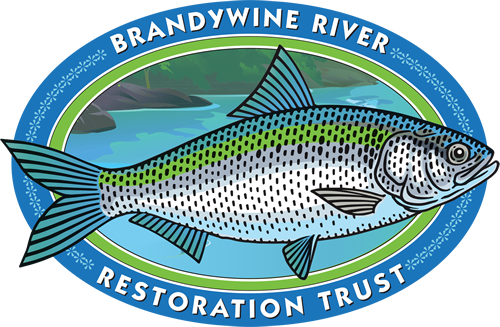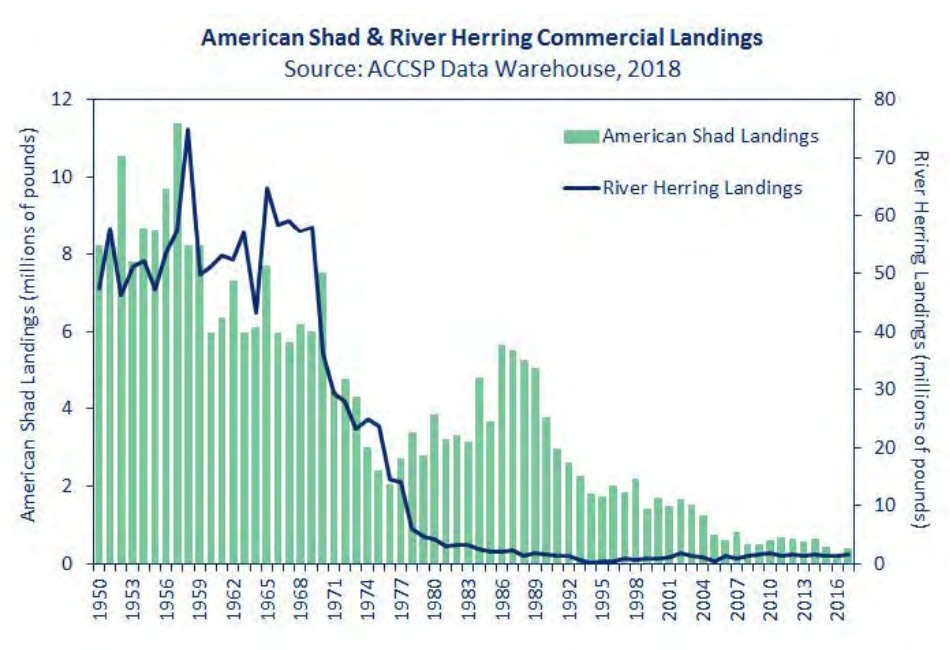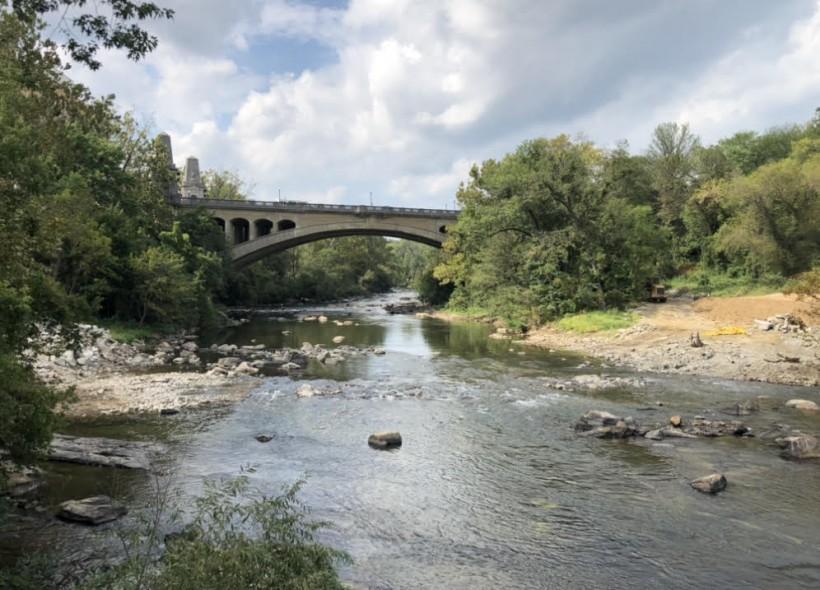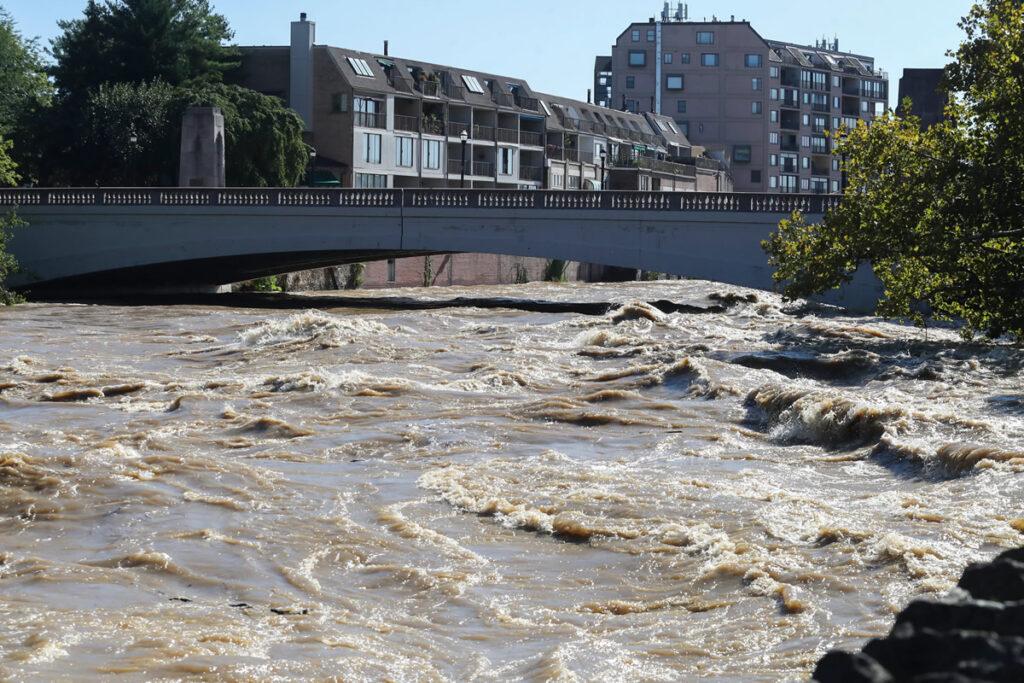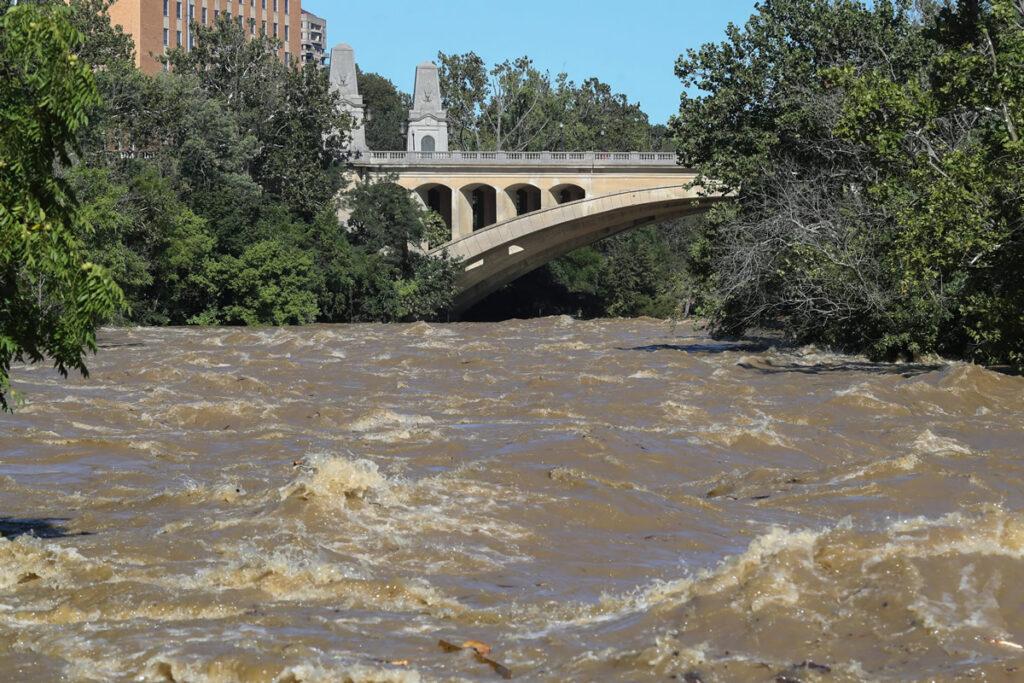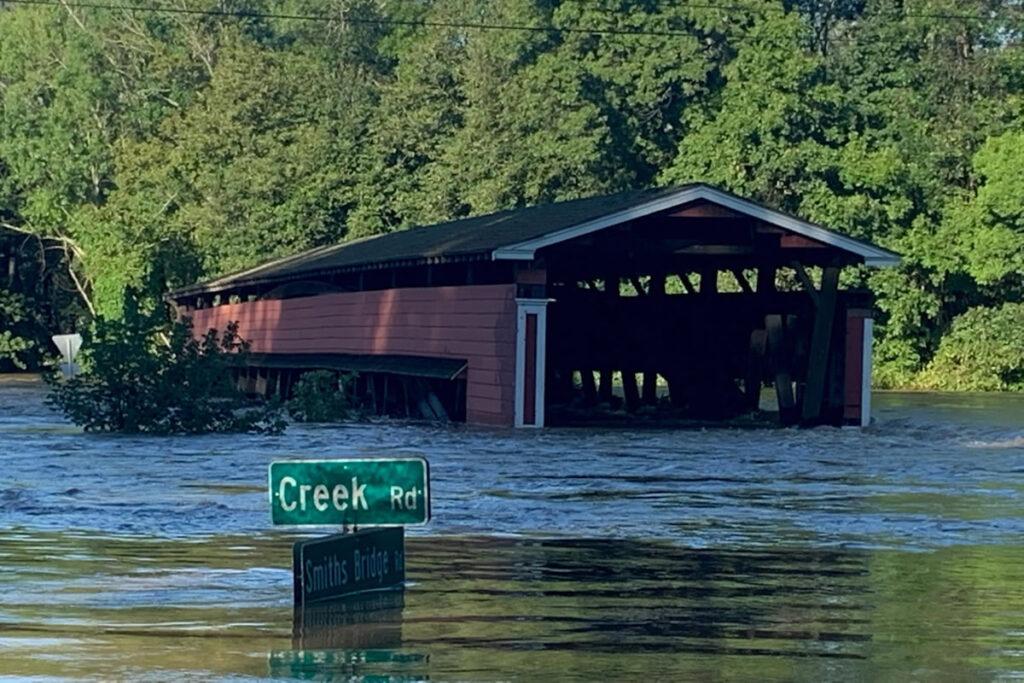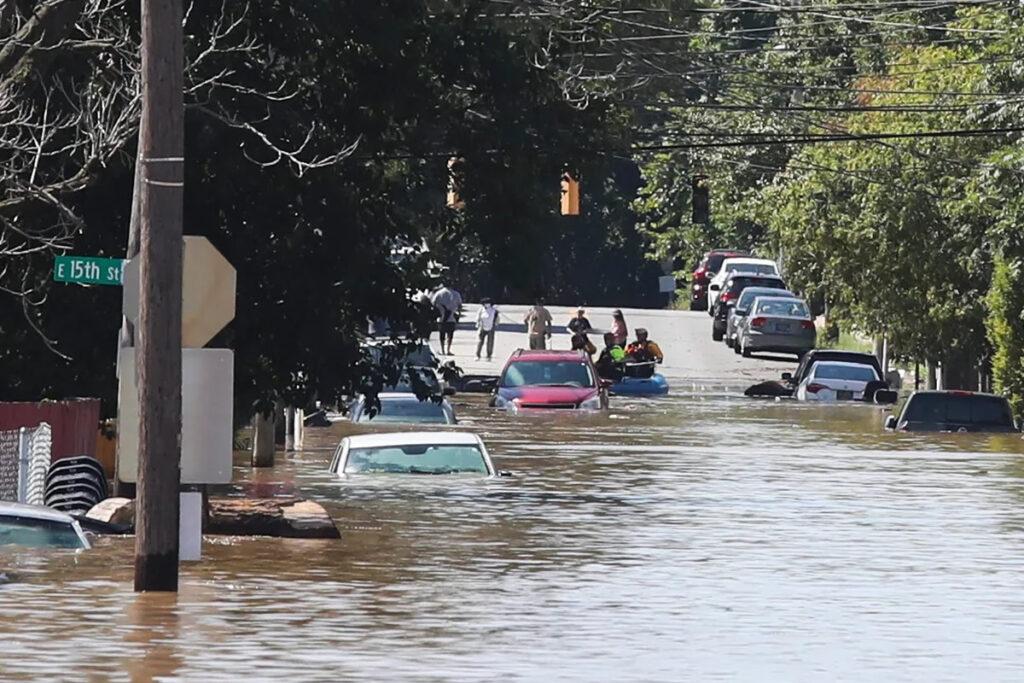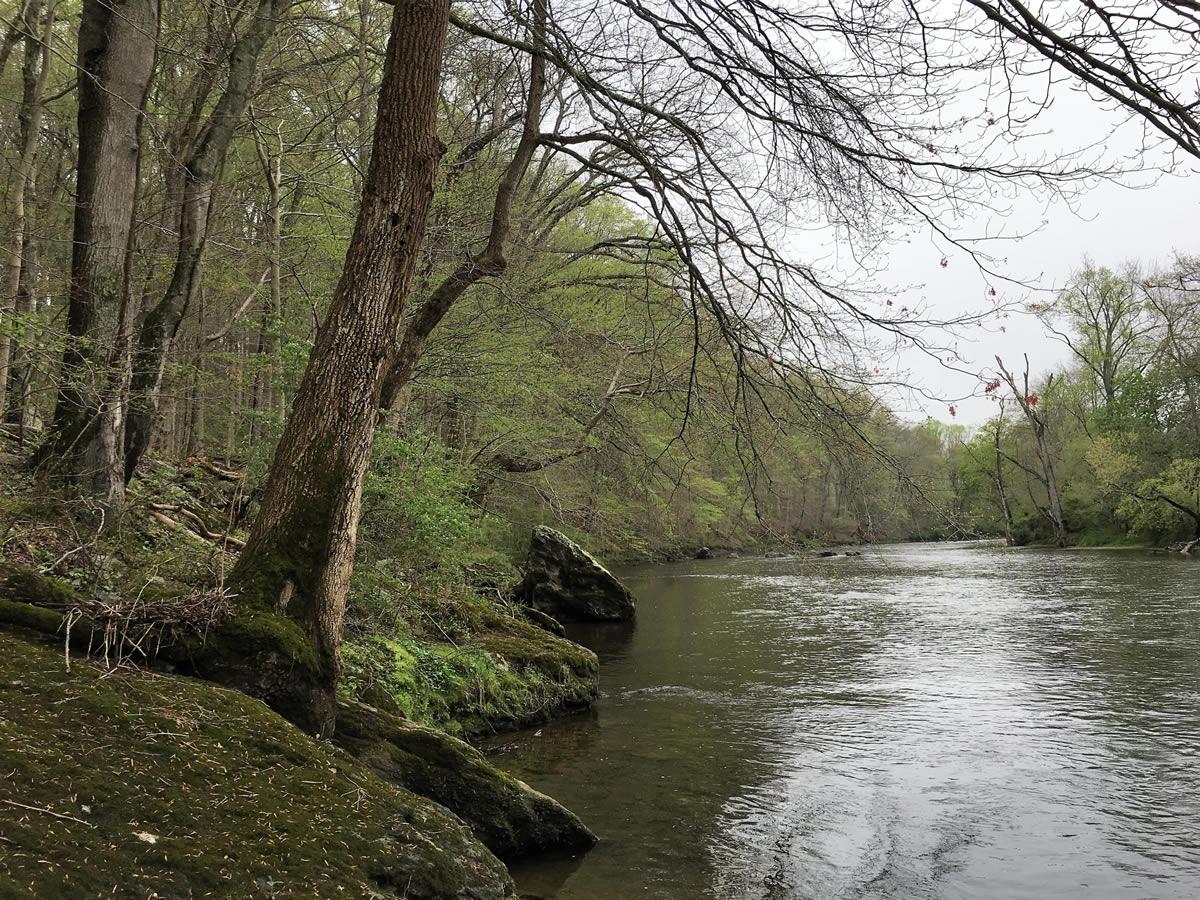A Winning Proposition
Overall, dam removal is good for the river. The water right below the dam is very productive, but above the dam for many hundred of yards is a dead zone with higher temperatures, lower oxygen, and sediment, so typically there is no stony bottom for spawning. Amphibian and fish eggs get covered by sediment so they don’t hatch. Removing dams prevents sediment traps above the dams.
And dam removal lowers the temperature of the river. Water above dams can be several degrees higher than in the rest of the river. Dam removal eliminates or minimizes these impaired areas, and with all these benefits, restores the fish to the river.
Free-flowing reaches of the river resulting from dam removal not only improves ecological function, but also boating and tubing experiences where moving water replaces slow, impounded reaches.
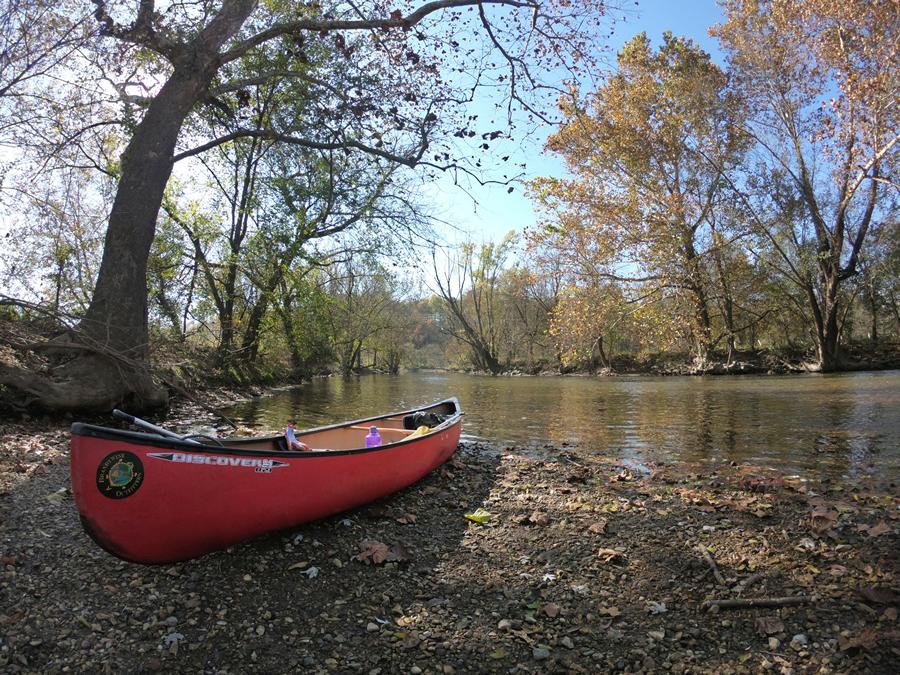
Recreational opportunities on the Brandywine would improve along with the river’s ecology
Upside Potential
“Rivers and migrations are the connective tissue of our planet — and migratory fish are bellwethers for not just rivers, but for the countless other systems they connect, from the deep sea to coastal forests. Losing these fish means losing so much more.”
– Jeffrey Parrish, Global Managing Director for Protect Oceans, Land and Water at The Nature Conservancy
Once a historic stronghold for American Shad, river herring, and other migratory fish, the Delaware River and its tributaries such as the Brandywine River currently support a tiny fraction of the former spawning runs, yet present an incredible opportunity to restore these populations by strategically reconnecting, preserving, and restoring high-quality habitat on priority tributaries throughout the basin.
Self-Healing
Dams have been used extensively throughout the United States for a variety of purposes, including navigation, flood control and power generation. While well-designed and properly managed dams can provide benefits, they drastically alter natural river communities. The natural flow of water and sediment is impeded, and populations of native fish and other aquatic animals are damaged.
In some cases where the costs of maintaining a dam outweigh its benefits, a decision is made to remove it. Dam removal is a planning process that can often take several years and be expensive — but the safety and environmental benefits are priceless. In most instances, rivers heal quickly, and it’s hard to realize that a dam once blocked the river. Dam removal provides an opportunity to restore a river’s health and return it to its natural, free-flowing state.
West Street Dam on the Brandywine in Wilmington, Delaware, before and after removal
Recent examples of flooding along the Brandywine River in the Wilmington, Delaware area
Flood Mitigation
- Although some dams were built to prevent flooding, the Brandywine River dams were built to harness water power for long-extinct mills — and can actually cause flooding.
- Each time a dam is removed from the Brandywine River it reduces the potential for severe flooding.
- The catastrophic failure of Dam 6 would release 40 million gallons of water to cascade down river and flood Northeast Wilmington.
- BRRT is just one of many organizations who are working together to reduce flooding on the Brandywine. Others include DNREC, the City of Wilmington, Brandywine Conservancy, the Coalition for Northeast Wilmington, and Northeast Rising.
- BRRT’s efforts may not be the entire solution for Brandywine River flooding … but we represent an important part of it.
The Science Supporting Dam Removal
Hydrology
When a dam is built, the flow of water, both above and below the dam, is drastically altered. Above the dam, a deep, still reservoir is created where once there was a free-flowing river. Most fish, mussels and other aquatic animals that once thrived in the river often are not able to survive in the lake-like habitat of the reservoir. Below a dam, the seasonal variation in a river’s flow is diminished or eliminated. However, the natural communities in and along the river are accustomed to the seasonal fluctuation of the water. Animal and plant reproduction, growth and movement may have adapted to the river’s seasonal high and low flows. Often, plant communities in the floodplain depend on the regular deposition of nutrients that come when a river floods, then recedes, depositing fresh sediment along its banks. When a dam is removed, the river’s natural hydrology (movement of water) is restored. Above the dam, habitat for native river species is reestablished as the reservoir disappears. Below the dam, the natural flow patterns that native plants and animals are accustomed to are returned to their original state.
Water Quality
In addition to altering the flow of water, dams can alter the physical and chemical characteristics of the water itself. While too much sediment like silt, sand and rocks in a river is harmful, rivers naturally carry a certain amount of it. The amount a stream carries depends on geology, the velocity of the water and the steepness of the streambed. Faster water has more energy and can carry more sediment. Slower water can’t carry as much, therefore the sediment drops to the streambed. This means that when water comes to a standstill behind a dam, most of the sediment drops to the bottom. The result is that sediment-free water comes out of the dam. While this might seem like a good thing, it can lead to problems downstream. This clean water then picks up sediment from the streambed and banks below the dam, but no sediment is deposited to replace it, so there is increased erosion within the stream itself. This increased erosion can alter the character of a streambed, possibly eliminating mussel habitat or spawning grounds for fish. Removal of a dam restores the natural downstream movement of sediment.
Fish Migration
There are numerous fish species, including salmon, sturgeon, paddlefish, shad, and eels that migrate up and down rivers as apart of their life cycle. A dam without some mechanism to move fish around it, like a fish ladder, can impede migration and block movement to spawning grounds, resulting in a decline in reproductive success. For many fish species, the ability to move along a free flowing river means (1) greater genetic diversity, as populations are able to mix freely, and (2) greater species distribution, as fish are able to move into important areas to feed, breed, grow, or rest that might otherwise be unreachable. Both of these factors increase a species’ chances for long-term survival.
Safety
Older, poorly-maintained dams can be a safety hazard for river users and people living downstream. They require much maintenance to remain safe and stable, and an old decrepit dam may fail without warming, causing sudden downstream flooding. Dams can also pose safety problems for paddlers and swimmers who may get caught in the undercurrent below the dam, or swept over dams where the river has been allowed to flow over the top of the dam. Removing these dams provides a clear safety benefit to the community.
Courtesy U.S. Department of the Interior | U.S. Fish & Wildlife
